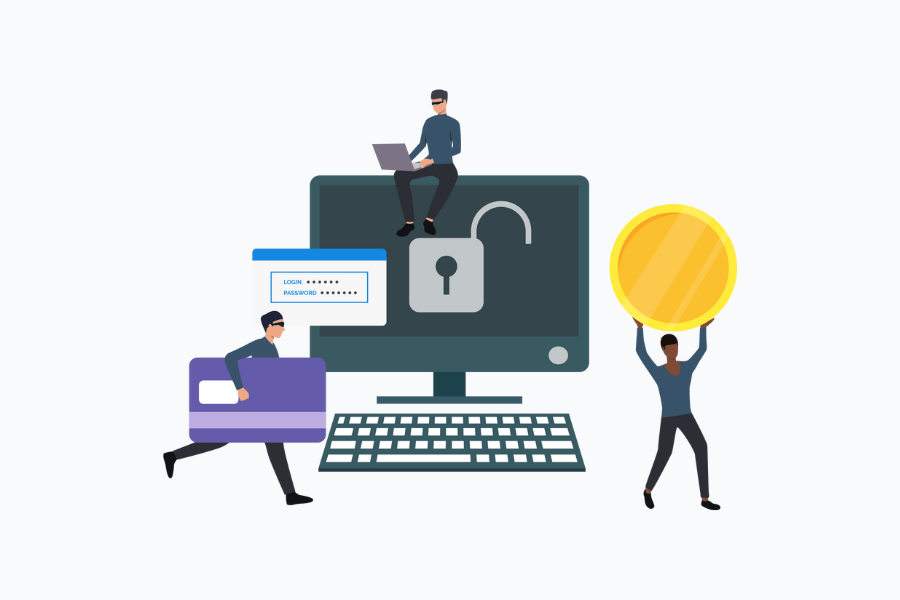
Digital banking: face authentication for security and convenience Written on

The banking industry has undergone a significant transformation in recent years, with the rise of digital banking platforms and the increasing demand for a seamless and convenient customer experience. However, with this convenience comes the risk of security threats such as identity theft and fraud. Finding a balance between customer experience and security is a key challenge for the banking industry.
It is important for banks to strike a balance between security measures and customer experience and adopt modern technologies such as biometric face authentication to deliver a secure yet user-friendly banking experience.

Customer experience vs. Fraud prevention: Finding the balance
When it comes to banking, customer experience and security are two key elements that need to be balanced effectively. While customers expect a smooth and seamless experience, they also want to be assured that their personal and financial information is being protected adequately.
It is true that some customers may be willing to tolerate some level of friction to guarantee higher levels of security. However, younger customer segments, such as Gen-Z and Millennials, for example, expect a smoother and more seamless experience, given their familiarity with other industries where identity verification and authentication are achieved with minimal friction.
Face authentication can help achieve a balance between customer experience and security. By using biometric data such as facial recognition, banks can authenticate customers quickly and securely. Not only does face authentication provide a smoother and more convenient user experience, but it also establishes a secure connection between access and identity. This means ensuring that the person logging into the digital banking app is actually the customer, not just someone who knows their password.
The benefits of face authentication for banks and fintechs
Face authentication works by analyzing facial features to verify the identity of the person attempting to access an account. Once customers have registered their biometric template, they can simply glance at their phone's camera to prove their identity as authorized users of the account.
One of the main benefits of face authentication for banks is its high level of security. Compared to traditional authentication methods such as passwords or PINs, biometric authentication is much more difficult to hack or replicate. Additionally, face authentication ensures that only the authorized user is accessing their account, as it is much more difficult for someone else to mimic the unique features of someone else's face. This helps to reduce the risk of fraud and identity theft for banks and their customers.
In addition to providing enhanced security, face authentication also improves the customer experience by simplifying digital banking transactions. Checking an account, transferring funds, making a payment, or doing any other digital banking transaction requires a simple glance at the phone's camera. This streamlined process saves time and enhances the overall user experience.
💡 Face authentication provides several key benefits for banks, including enhanced security, effective fraud prevention, and increased customer retention rates.
Before you go
In our latest eBook, we highlighted the security and UX challenges in the banking industry and the potential risks of not having adequate security measures in place. We also explored how face authentication can help achieve a balance by providing a more secure and streamlined authentication process that reduces the risk of fraud and identity theft while improving the customer experience.
Be sure to download our eBook A Guide to Digital Banking Transactions to gain further insights into how face authentication can serve as both security and customer experience.






